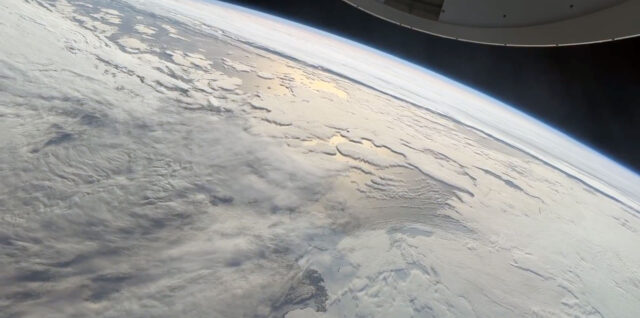Cosmic wingspan

Andrei Pleskatsevich, taken from Minsk, Belarus The Seagull Nebula is a region of nebulosity lying on the border between constellations Monoceros and Canis Major; the emission nebula forming the bird’s “head” carries the catalog designation IC 2177. The imager used a 3-inch f/4.5 scope and one-shot color camera to take 10 hours of exposure. The post Cosmic wingspan appeared first on Astronomy Magazine. Continue ReadingCosmic wingspan















